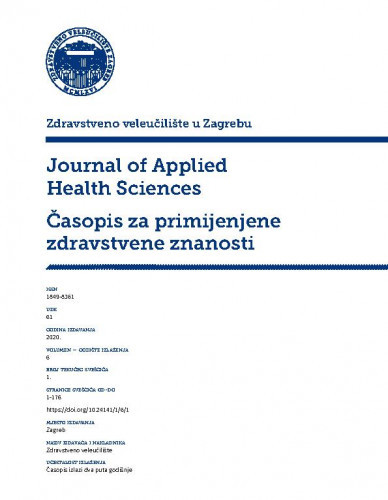Terapija negativnim tlakom (Vacuum Assisted Closure) je metoda liječenja rana koja se praktično primjenjuje u klinikama diljem svijeta, a počeci joj se naziru još u 1995. godini. VAC sustav osobito je učinkovit u liječenju traumatskih i kroničnih rana. Uspjeh liječenja VAC terapijom ovisi o nekoliko čimbenika, od kojih su najznačajniji dobra kirurška tehnika, pravilna procjena stanja bolesnika, te planiranje i provođenje postupka s pozitivnom evaluacijom na kraju liječenja. Postupci medicinske sestre kod postavljanja VAC aparata usmjereni su na psihofizičko stanje pacijenta, procjenu kože prije i nakon primjene VAC terapije, procjenu okolnog tkiva, procjenu položaja bolesnika u krevetu, procjenu i prilagodbu mikroklimatskih uvjeta te procjenu prisutnosti rizika od krvarenja. Veoma je važna edukacija bolesnika. Cilj članka je opisati postupak liječenja kronične rane VAC terapijom te pobliže objasniti zadaće medicinske sestre tijekom VAC terapije. Medicinska sestra mora posjedovati specifična znanja radi provođenja postupka, mora biti educirana u pružanju zdravstvene njege bolesniku s kroničnom ranom te podrška i oslonac bolesniku. VAC metoda je siguran i uspješan način liječenja, a s obzirom na to da je ekonomski povoljna za zdravstveni sustav i bolesnike, sve je češće metoda izbora u liječenju bolesnika s kroničnim ranama.; Negative Pressure Therapy – Vacuum Assisted Closure – is a wound treatment method used in clinical practice throughout the world. Its beginnings date back to the year 1995. The VAC system is particularly effective in treatment of traumatic and chronic wounds. The success of VAC therapy treatment depends on several factors, the most important of which are a good surgical technique, proper assessment of the patient’s condition, and planning and conducting procedure, which are positively evaluated at the end of the treatment. Nurse’s interventions are focused on assessment of the patient’s psychophysical condition, skin condition assessment before and after the treatment, assessment of the skin surrounding the wound, proper body position during the procedure, assessment and adjustment of microclimate conditions, as well as bleeding risk estimate. Education of the patient must be accentuated as the most important intervention. The objective of this article is to describe the procedure of chronic wound treatment using VAC system and to explain the tasks of nurses in the course of VAC therapy. Nurses need to possess specific knowledge for the purpose of conducting the procedure, they need to be educated in providing the patient’s health care, and they need to provide support both to the patient and their family. VAC method is a safe and successful treatment method and since it is economically affordable both for the healthcare system and the patients, it is increasingly frequently selected for the treatment of patients with chronic wounds.
Sažetak

 Journal of applied health sciences : Časopis za primijenjene zdravstvene znanosti : 6,1(2020) / glavni urednik Aleksandar Racz
Journal of applied health sciences : Časopis za primijenjene zdravstvene znanosti : 6,1(2020) / glavni urednik Aleksandar Racz